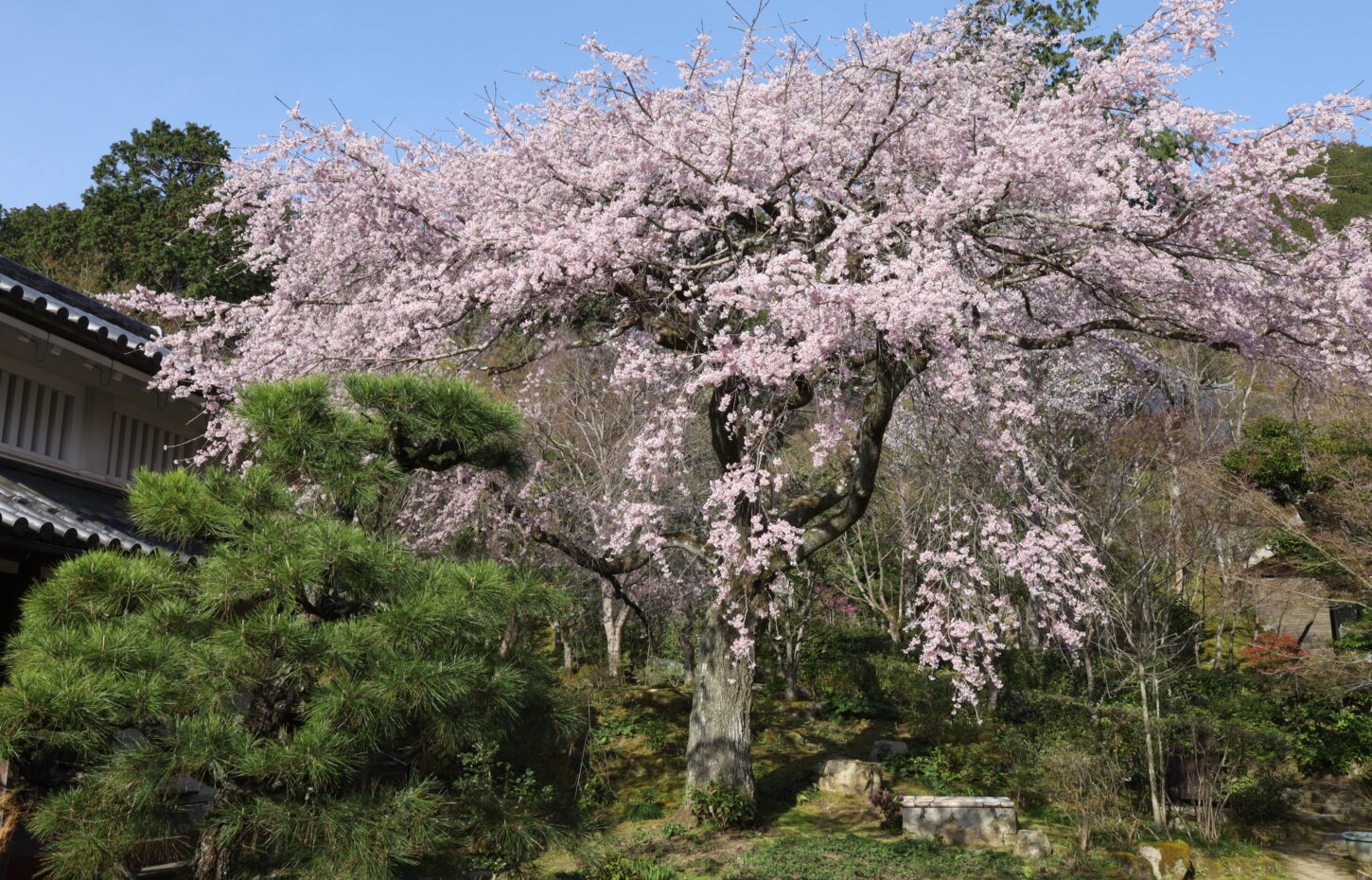
![]()
常寂光寺
常寂光寺は、慶長年間(一五九六〜一六一四)に大本山本圀寺第一六世究竟院日禛上人により開創。本堂は慶長年間に小早川秀秋公の助力を得て、伏見桃山城客殿を移築し造営する。
仁王門は、元和二年(一六一六)に大本山本圀寺客殿の南門(貞和年間の建立)を移築、仁王像は運慶作と伝えられる。什物に高倉天皇より小督局に下賜された車琴がある。 これは小早川秀秋公より当山に納付されたものである。
![]()
常寂光寺は、慶長年間(一五九六〜一六一四)に大本山本圀寺第一六世究竟院日禛上人により開創。本堂は慶長年間に小早川秀秋公の助力を得て、伏見桃山城客殿を移築し造営する。
仁王門は、元和二年(一六一六)に大本山本圀寺客殿の南門(貞和年間の建立)を移築、仁王像は運慶作と伝えられる。什物に高倉天皇より小督局に下賜された車琴がある。 これは小早川秀秋公より当山に納付されたものである。